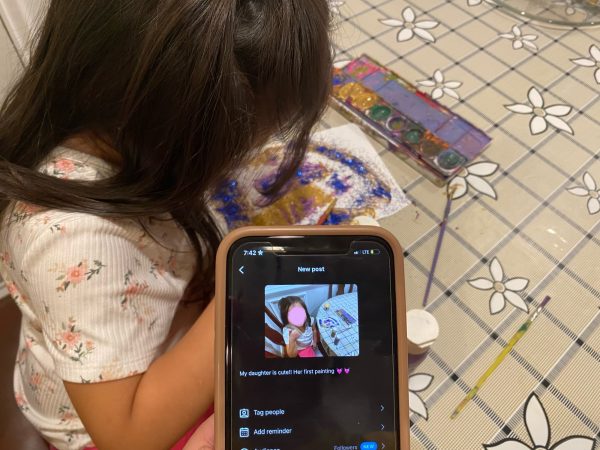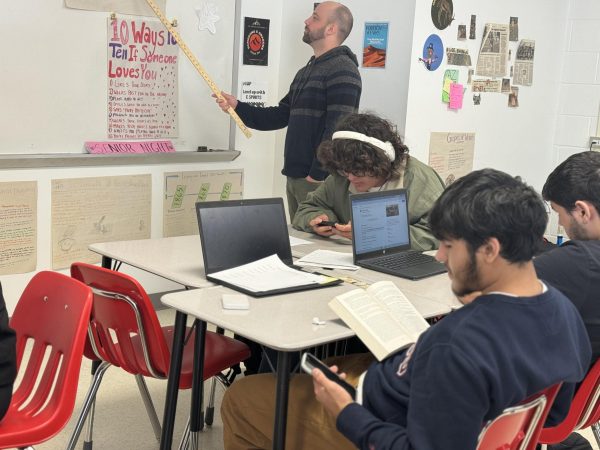How to spot fake news with 6 easy tips
Fake news has increasingly become a fixture on social media and online. The rate at which these stories are being shares is increasing, and sometimes readers rarely discover that the stories are fake. They can have real-life consequences too. For example, when a man fired a rifle in a D.C. pizzeria because he heard that the Clinton campaign was running a child sex trafficking ring out of there. In an endeavor to prevent the spread of fake news, here are some tips on how to identify it.
1. Consider the source
Be skeptical of a story if it comes from an unfamiliar news organization. It is crucial to differentiate whether the source of a story is reputable or not. In addition, sites ending in “.su” or “.com.co,” may be illegitimate sites attempting to pass themselves off as authentic news sources by seeming professional and using recognizable logos. For example, CBS News reported that abcnews.com.co, now defunct, published a story with the false headline, “Donald Trump Protester Speaks Out: ‘I Was Paid $3,500 To Protest Trump’s Rally.’” Also, check if the suspected fake news is reported by established news sites.
2. Read beyond the headline
Fake news publishers often exploit busy readers’ tendency to not look past the headline. People often assume they know the whole story after reading the headline. However, a headline can be provocative, inflammatory, or misleading in order to act as click bait and thus, attract more views. It is important to read more than just the headline; fact check the article’s contents to decide whether it is credible or not. Readers should always do this instead of merely reading a provocative headline and then deciding to pass along the shocking information to the masses.
3. Check the author
Seeing the name of an author may seem like a sure sign that the article is reliable, but that is not always the case. Readers should check the author’s other articles, if any. Other articles by the author should be read to detect if the author has a strong bias against or for certain issues. An article by Harvard Summer School warns that readers should be suspicious of an article if a little-known site’s byline names the author as a celebrity, or if the author’s contact information is a Gmail address.
4. Look into supporting sources
Ethical journalists make it clear where they are getting their information, so a lack of verifiable sources is suspicious. Most publicized stories have multiple sources who are professionals in their respective fields, but reliance on unnamed “experts” may indicate a fake news story. Bogus stories will often cite official-sounding sources, but these sources don’t actually support the claim or sometimes even exist. For example, then-presidential candidate Donald Trump retweeted a graphic of the percentage of whites killed by blacks and other murder statistics by race, which cited the source, “Crime Statistics Bureau – San Francisco”. But almost every figure in the graphic was wrong, and the source given does not exist.
5. Check the quality
Reputable news sources have high proofreading and grammatical standards, so an article is probably spurious if it’s riddled with errors. It is also important to be wary of an article with excessive all caps and dramatic punctuation. According to a Facebook article, many false news sites have misspellings or awkward layouts. All the aforementioned issues suggest that the article has not gone through an editorial process, something that all professional, authentic articles undergo.
6. Ask an expert
Between fact-checking websites such as FactCheck, Snopes, the Washington Post Fact Checker and PolitiFact, at least one of them is likely to have covered the latest viral claim. Melissa Zimdars, an assistant professor of communication and media at Merrimack College, evaluated and compiled a 34-page list of news sites that are often misleading, “clickbait-y” or satirical. Alternatively, readers could also consult an informed librarian or teacher. After fact-checking and determining the veracity, or lack thereof, in articles, readers can feel more confident in being able to separate fact from fiction.

Senior Khadija Ahmed is in her fourth year at The A-Blast. She has previously been a staff writer, Academics Editor and Managing Editor. In her free time,...






